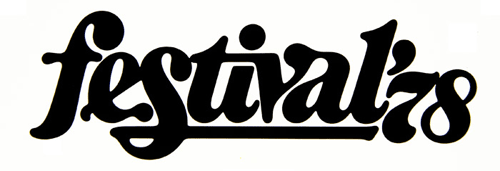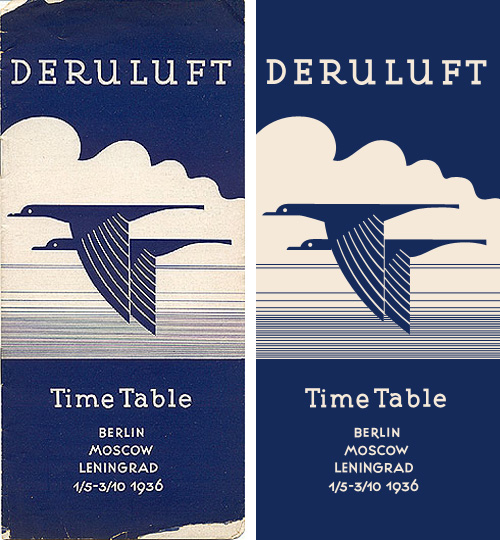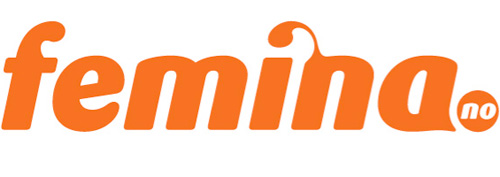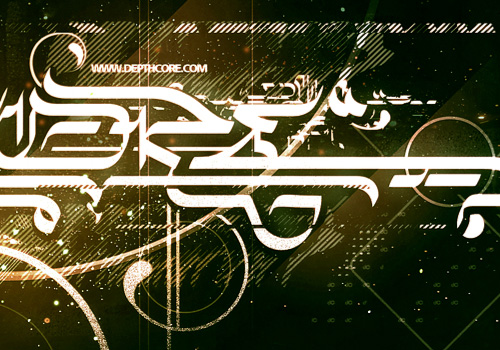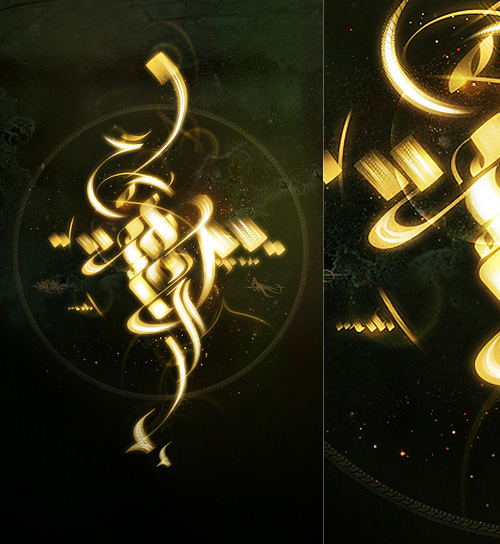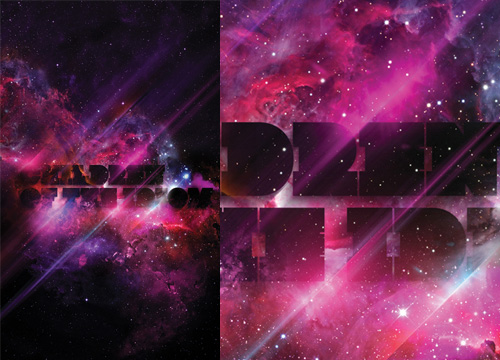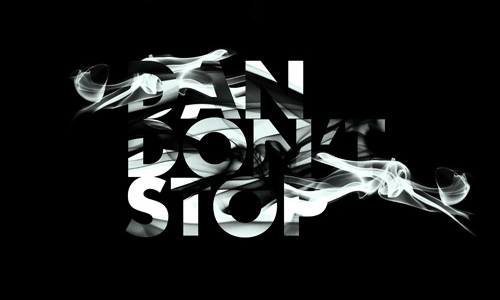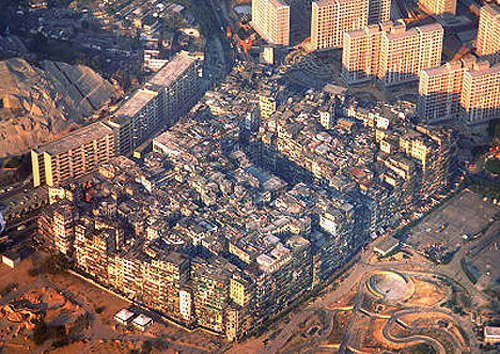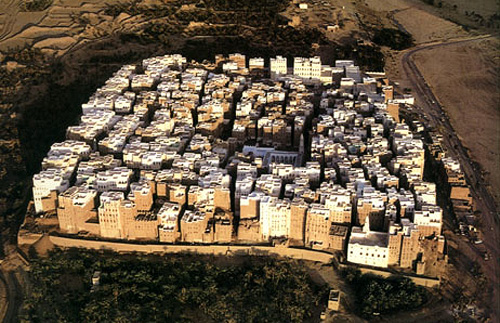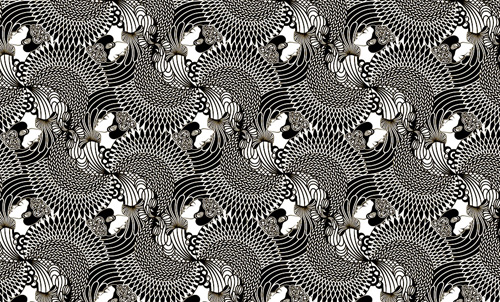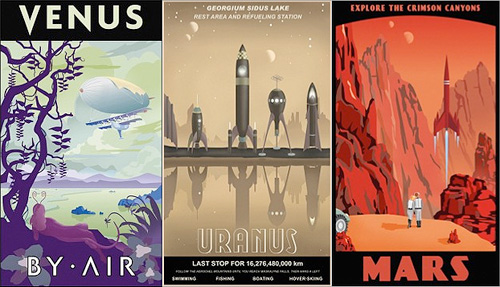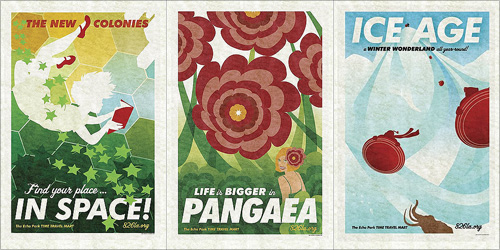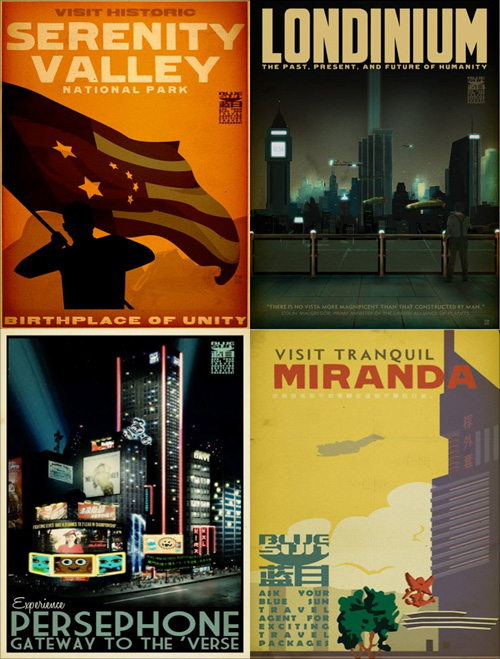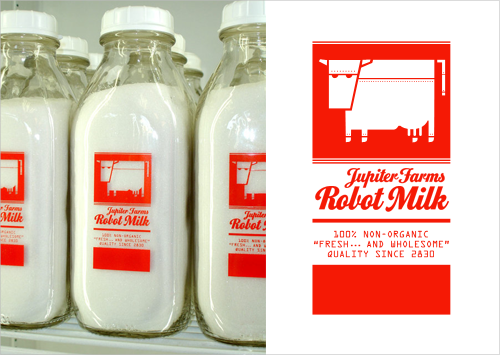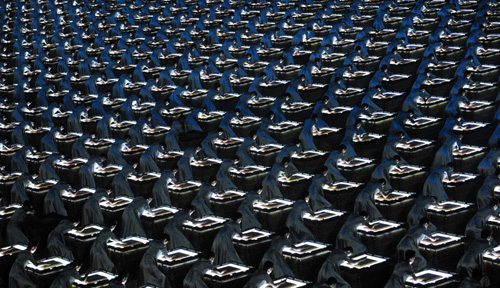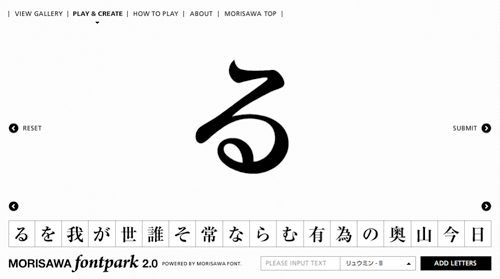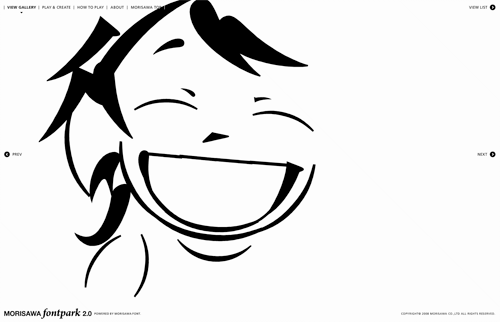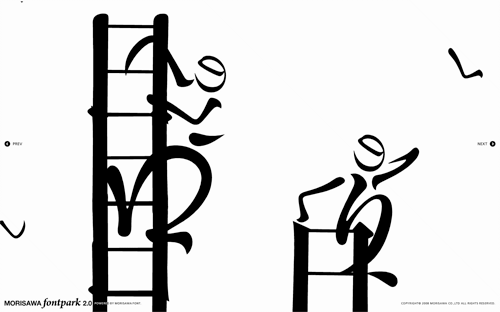Peter Gabor’s gallery of Herb Lubalin’s work has been linked to from lots of places as the Tribute to Herbert Lubalin, and if you’ve not seen it yet, it’s worth a look. However, that’s just the gallery for a whole category of articles by Gabor about Lubalin, so that’s worth a look too (it’s all in French, mind). While the gallery does have plenty of great examples, the pages don’t have any background information or titles for any of the pieces of Lubalin’s work; it’s not so much of a tribute as a teaser, or a portfolio that really needs the artist there to explain each piece - at least to say what it was for.
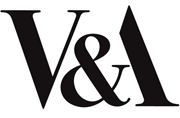
The case in point for me is the “VA” logo below. Who or what was it for? Searching for it online gives a list of everything Lubalin did in Virginia, but nothing that appears to explain this. It’s a mystery. And yes, it does remind me of the Victoria and Albert Museum logo by Alan Fletcher, at right.
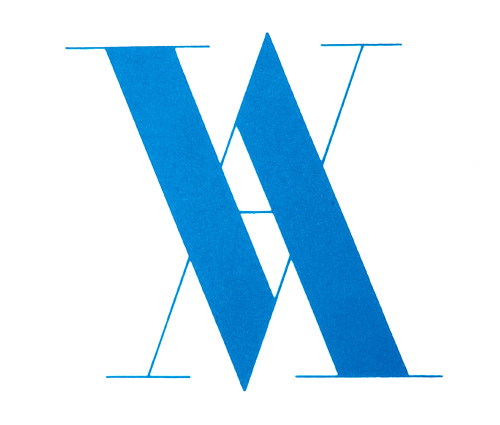
Mysteries aside, I just like this one:
